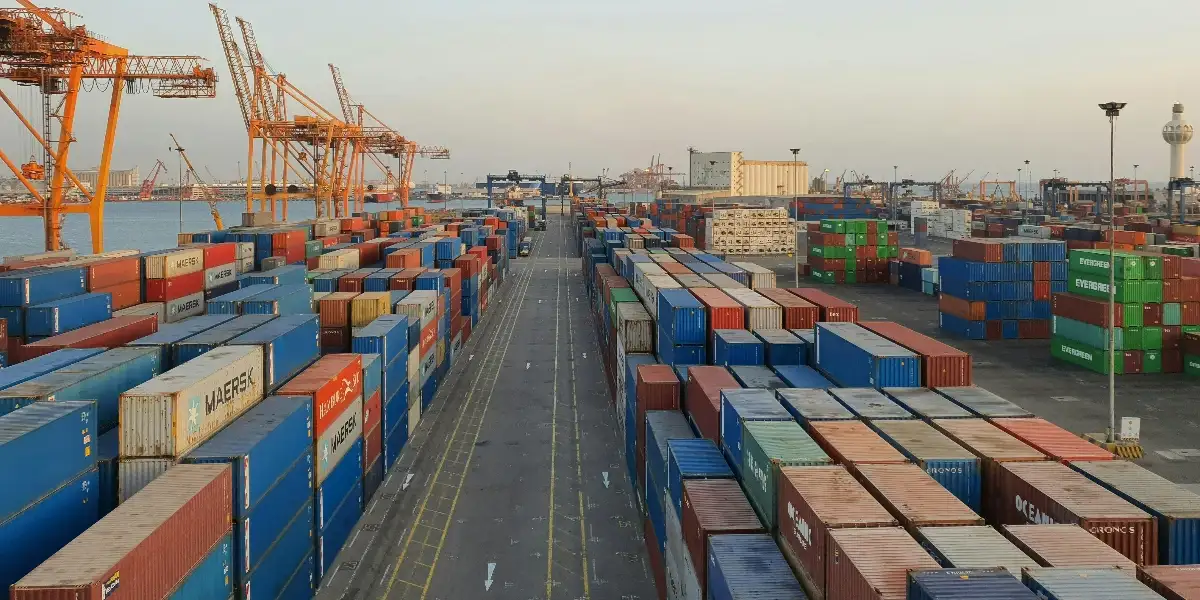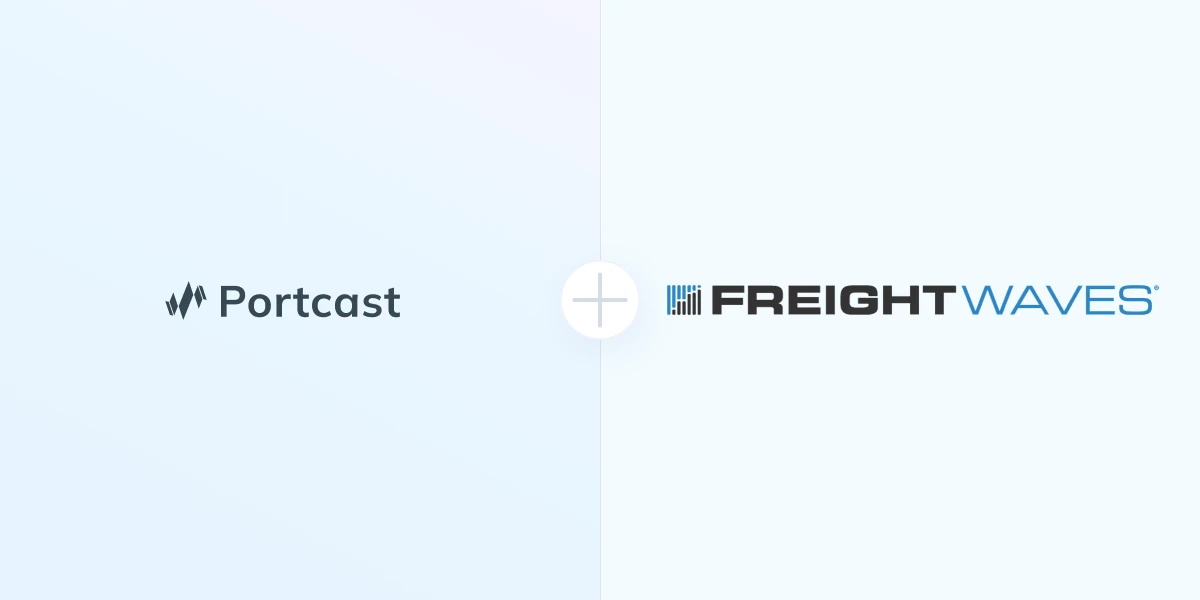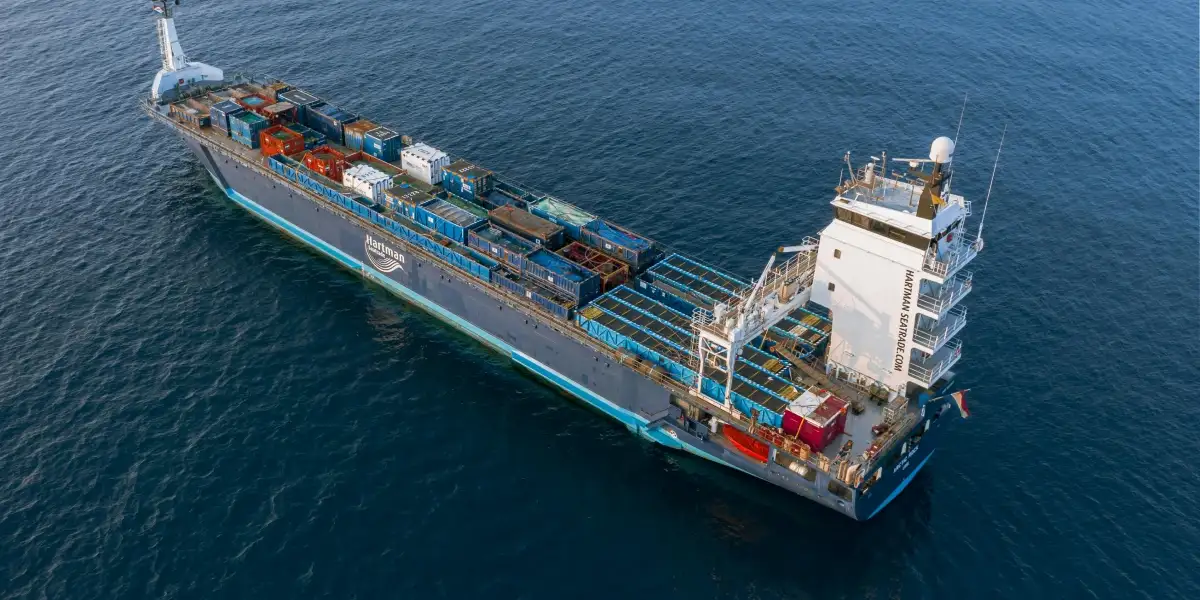Day-to-day supply chain, trade, and shipping operations generate a considerable amount of data, data that needs to be transmitted and shared with customers and vendors, as well as company stakeholders.
Given the sheer volume of data that needs to be collected, aggregated, and stored, manual transmission is impossible. Companies needed electronic solutions which makes this transmission faster and less labor intensive.
Enter EDI
In 1972, the United Nations Economic Commission for Europe (UNECE) created the rules for Electronic Data Interchange For Administration, Commerce and Transport (UN EDIFACT). EDI is a set of internationally agreed standards, directories and guidelines for the electronic interchange of structured data relating to trade in goods and services between independent, computerized information systems.
EDI transmission has had a high historical influence in addressing many supply chain challenges and gained importance owing to mainstream adoption by BCOs, Carriers, Forwarders, Trade, Customs and Port authorities. But in today’s business environment, usage of these messages for real-time communications is seen as impractical because of the number of standards that are involved, time consuming for set up, and system vulnerabilities. EDI also has several gaps in addressing today’s dynamic supply chain and global trade processes.
Added to this, EDI is a costly system to run and maintain because part of the issue is that EDI has adopted many modern industry standards, each of which has its own revision. In order for two entities to transfer data via EDI, they must first agree on a standard and a revision. Subsequently, those entities will, at the very least, need the following:
- EDI Software
- Communications Software
- Mapping and Translation Software
- Unified and Approved transmission methods
Apart from the cost of programmers in software companies to perform ongoing maintenance on the various software programs, companies often need to use a third-party EDI service provider to maintain the system which increases their cost and time taken to address any changes.
Enter API
As global trading and technology evolved, several new protocols, standards, and technologies such as AS2, e-commerce, XML based standards and API emerged. These technologies seem to have mostly complemented EDI rather than replacing it, allowing EDI to grow, mature, evolve and support global businesses.
Developed in the 2000s, an Application Programming Interface (API) is a modern set of defined rules acting as an intermediate layer facilitating communication between computers and/or applications enabling data transfer between systems in real-time unifying various disparate systems. Since its inception, APIs have been gaining in popularity, driven by digitization initiatives and the proliferation of personal computing devices. In shipping, it is used for individual-level transactions, such as online freight quotations, and tracking of containers, ships and shipments.
Carriers are increasingly relying on API to bridge gaps in information sharing and accuracy. APIs complement existing EDI, ERP, TMS, and WMS systems and provide a holistic picture based on all available data in a user-friendly and easy-to-understand format.
Due to the fact that the data exchange is nearly instantaneous and standardized, APIs allow data to flow smoothly, which creates a greater degree of flexibility and productivity when compared to the segmented, timed transmissions of an EDI. The smoother, instantaneous flow of data between entities also allows for automated processes such as real-time validations, which reduces the risk of input errors and other common mistakes.
The advantage of API is that it can make modern data transfer and communication efficient either as a complementary product to existing tools such as EDI or using new tools.
Other benefits of API over EDI include:
- Flexibility allowing access to new markets and services and networking with various business partners irrespective of the industry
- Integration of various disconnected, siloed, and disparate systems enabling better automated workflows and improved collaboration in the workplace
- Improved security and protection through the use of tokens, signatures, and multi-layer encryption
What is the future for EDI and API?
This importance and proliferation of EDI is evident even in 2021 with IBM reporting that 85% of supply chain transactions are still managed through EDI in 2021. On the other hand, Gartner estimates that by 2023, 50% of transactions will be through APIs which means the balance 50% of transactions may still be supported by EDI.
IBM is of the view that EDI in its various formats will remain highly useful and deeply integrated in its established areas for years to come but not as a primary tool because modern supply chains have new challenges that require more than a typical B2B document exchange.
Building on its proven success, a unified API and EDI platform can work alongside emerging technologies like IoT, blockchain-based networks and AI both to foster innovation and also to drive down costs. Businesses need to work with both technologies to maximize on opportunities to drive growth, revenue and achieve a differentiation in the market.
About Portcast
Portcast.io is one of the leading providers of technological solutions for the shipping and logistics industry. Our API, enabled by sophisticated algorithms, provides end-to-end tracking functionality in each API response, thus ensuring that customers have complete and real-time visibility of their container shipments. We want to eliminate the need to connect to multiple APIs of each carrier or data provider, as our platform already tracks all the major global and regional carriers and NVOCCs. This, in turn, translates into scalable savings, as our clients do not have to spend resources thereupon. Thus, they ultimately accrue advantages of lower costs, greater accuracy, fast data transmission, and reduction of manual efforts, all of which combine to make the business much more efficient and responsive to customer needs.
If you want to see our API in action, book a meeting with our visibility expert and learn more.







